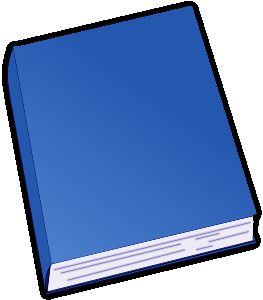History of Modern Mathematics Mathematical Monographs No. 1 By: David Eugene Smith (1860-1944) |
|---|

In "History of Modern Mathematics Mathematical Monographs No. 1" by David Eugene Smith, readers are given an in-depth exploration of the development of mathematics from the 17th to the 19th century. This book is a comprehensive guide for both students and enthusiasts of mathematics, offering an engaging narrative that brings to life the evolution of mathematical thought during this significant period.
Smith's writing style effortlessly combines historical context with mathematical concepts, creating a compelling and accessible work for readers of various backgrounds. He begins by examining the transition from ancient to modern mathematics, highlighting the key figures and discoveries that shaped the field. From there, each chapter delves into a specific area, such as algebra, calculus, and number theory, tracing the development of these disciplines and their applications.
One strength of this book lies in the author's ability to connect the evolution of mathematics to broader societal and scientific advancements. By situating mathematical discoveries within their historical context, readers gain a deeper understanding of how mathematics has influenced and been influenced by other fields, such as physics and engineering. Smith masterfully weaves together the stories of mathematicians, their theories, and the real-world impact their work has had.
Furthermore, Smith's attention to detail and precise explanations make complex mathematical concepts accessible. Whether discussing the birth of calculus or the emergence of algebraic notation, he provides clear definitions and examples that aid readers in comprehending these often abstract ideas. This clarity is enhanced by the inclusion of diagrams, charts, and equations, which assist in visualizing the mathematical concepts being discussed.
However, one potential drawback of the book is its heavy emphasis on historical developments rather than modern applications of mathematics. While a thorough examination of the historical context is essential, some readers may desire a stronger focus on contemporary applications and connections to current research. Additionally, the book assumes a basic understanding of mathematics, which may make it less accessible to readers who are new to the subject.
In conclusion, "History of Modern Mathematics Mathematical Monographs No. 1" is an engaging and valuable resource for anyone seeking a deeper understanding of the development of mathematics from the 17th to the 19th century. Smith's masterful storytelling and comprehensive exploration of mathematical concepts create a compelling narrative that balances historical context with mathematical theory. Despite its heavier emphasis on history rather than modern applications, this book is a must-read for those interested in the evolution of mathematics and its impact on society. |
| eBook Download | |
|---|---|
|
Text File eBook • Computers • Windows • Mac |
PDF eBook • Download & View PDF file |
| Review this book |
|---|